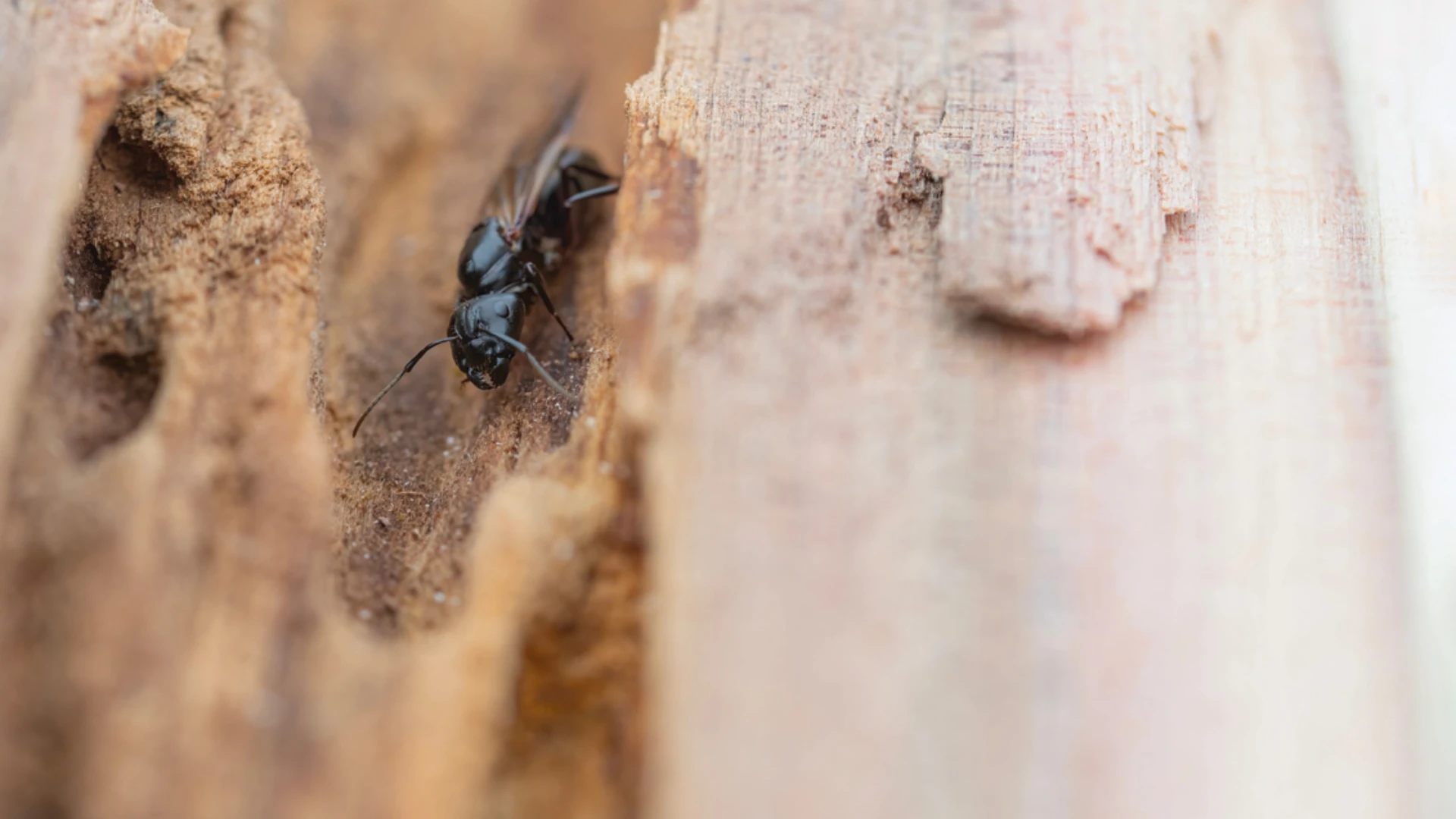Many pest professionals avoid using rodenticide baits inside homes and other buildings to eliminate mice because they fear callbacks and complaints as a result of possible odors associated with the dead mice. Although carcass odors do occur sometimes with dead mice, many times the odors are not detectable to building occupants. What factors affect whether or not there is likely to be carcass odors on mouse jobs? Let’s examine the dead mouse odor issue a bit closer.
First, regardless of the size of a mouse (or any other mammal), under most normal conditions, there is a gas by-product associated with mammal decomposition caused by bacteria and/or other decomposition organisms. But whether or not the odors will be detectable to building occupants depends on three factors: the size, number and condition of the mouse carcasses; specific location of the carcasses; and the time of year.
Typically, house mice and field mice that enter buildings weigh between 0.5 to 1.0 oz/15 to 30 g. This weight accounts for the entire mouse — in other words, pelage, skeleton, cartilaginous tail, internal organs, fluids and tissues. The internal organs and tissues comprise only a small percentage of the overall weight. With near-term pregnant females there can be several more grams of body mass associated with any fully developed pups. Still, even a pregnant female mouse does not comprise a large body mass.
The total number of mice that succumb to poison baits and whether or not they succumb at about the same time (e.g., within a day or so of each other) will also affect whether or not a carcass odor will occur. Certainly, if several families of mice are poisoned at the same time and the mouse families contain a range of full-sized adults, pregnant females and juveniles, this could account for a greater centralized mass of body organs and tissues to decompose.
Consider, for example, 20 mice with an average weight of 18 g per mouse. This critical mass is basically the equivalent of one average-size adult rat. (And dead rats, especially several of them, can cause significant carcass odors inside buildings.)
DETECTABLE ODOR? The most significant factor as to whether or not there will be a detectable carcass odor is the specific location as to where the mice die. Poisoned mice may die anywhere within or around a building. But the majority of mice die in the place they spend most of their time — their nests. Inside our buildings, invading mice typically establish their nests in areas that are enclosed, protected and isolated. Such areas include wall voids, attics, the sill plate beneath the flooring, cabinet voids, furniture voids, equipment voids, spaces within stored boxes and so forth. Indoor air currents do not readily pass over or through these protected spaces. Consequently, decomposition odors in the amounts produced by a mouse or two are not likely to be “carried away” into the typical air currents within a home or occur in large enough concentrations to cause severe discomfort.
Of course, mice also nest in areas of close proximity to humans, such as within the bases of stoves, refrigerators, beneath beds, in overhead ceilings and other areas. When rodents die in these areas, carcass odors are more likely to be dispersed into the ambient air.
Lastly, the time of year and the accompanying ambient temperatures also plays a role. As you might expect, mice dying inside a west-facing wall void during the hot days of August are more likely to be detected than mice dying in the same area in mid-January.
Nevertheless, for the common “mouse in the house” scenario, most people never detect the odor of a poisoned mouse or two. This includes the millions of home-owners who have put out D-Con and other over-the-counter mouse baits for the past several decades. This history itself has resulted in a popular myth. During the first few years of the introduction of mouse baits, no one complained of odors following baiting efforts. Some concluded or hypothesized that poisoned mice became thirsty and left the building seeking water. (How convenient an explanation for all parties...) This myth persists to this day with the lay public and even among some pest control personnel.
GETTING THE JOB DONE. For severe infestations inside residences, it is probably best to reduce the population with traps first (or entirely) and then complete the job if necessary, with baits. Also, some homeowners may be particularly sensitive to dead carcass odors, regardless of how incidental it may appear to others.
These individuals usually express their concern early on when the pest professionals schedule service. For odor-sensitive clients, it is best to err on the side of being conservative and use non-chemical approaches only.
Keep in mind, however, that traps also cannot completely eliminate the possibility of odors occurring. Mice wounded by traps often crawl away from the trap and die elsewhere, often in areas non-accessible to the servicing professional. Still, traps certainly reduce the chance of dead carcass odors, as well as the intensity of such odors if the infestation is more than just a couple of mice.
Personally, I would not hesitate to use rodenticide baits inside homes for fear of dead mouse odors — at least not for minor infestations. In office buildings, health-care facilities, schools and other commercial accounts containing many people with varying odor sensitivities, carcass odors (at least for the first few services) do need to be considered. In these accounts, non-chemical approaches should be considered before installing rodenticide baits.
Should a perceptible odor result from a minor infestation of mice, the odor is usually not highly repulsive to most people and such odors typically last for only a day or two. For the more serious odors, odor control technology over the past few years has produced various types of biological odor control agents that contain enzymes and natural organisms that eliminate carcass odors by attacking the source of the odor instead of just masking it. These products are available from local pest control product specialists.
CONCLUSION. Finally, pest professionals periodically inquire as to whether or not the mouse’s diet could also play a role in causing repulsive odors after they die. This doesn’t seem likely. It might be possible perhaps, if a large number of mice all consumed some type of food that is prone to liberating putrid odors upon decay. But on a small scale, the stomach contents of a few mice aren’t likely to produce enough odors to be detectable.
Unless, of course, the mice have been seasoning their foods with garlic.
The author is president of RMC Pest Management Consulting and can be reached at rcorrigan@pctonline.com or 765/939-2829.
|
ORDER ONLINE: Bobby Corrigan's 'Rodent Control: A Practical Guide For Pest Management Professionals' |
| Looking for more information about rodents? If so, order Bobby Corrigan's Rodent Control: A Practical Guide For Pest Management Professionals. Order by calling the PCT Book Department at 800-456-0707 or online at http://www.pctonline.com/store/productdetail.asp?CatId=2&SubCatId=5&Id=50. |

Explore the June 2002 Issue
Check out more from this issue and find your next story to read.
Latest from Pest Control Technology
- Did You Order Mice With That?
- Arrow Exterminators Opens New Residential Service Center in Metro Atlanta
- CAPMA Hosts 2025 Legislative Day in Sacramento
- Grizz Pest Management Bartends for a Cause
- Rose Pest Solutions Becomes Official Pest Provider of Chicago Fire FC
- WSPMA Hosts Legislative Day at Washington State Capitol
- A-1 Pest Control Marks 59 years in Business
- Hawaii PCO Shares Regulatory Challenges, Business Impacts from Lahaina Wildfires





